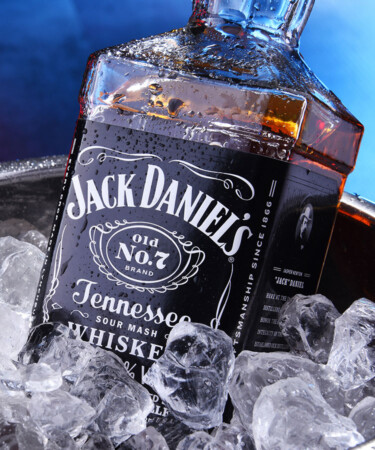American whiskey producers have been bracing for an increased 50 percent tariff on exports to Europe to begin at the start of 2024. But on Tuesday, the European Union (EU) announced that it would extend the suspension of tariffs on U.S. whiskey until March 31, 2025, according to CNBC.
The tariff in question was first announced in 2018 after former President Donald Trump imposed tariffs on exported steel and aluminum. The EU struck back by taxing a number of U.S. products in an effort to put the heat on politicians in Republican and swing states. At that time, the EU set the whiskey tariff at 25 percent.
Over the next three years, American whiskey exports felt the blow, falling 20 percent from $552 million per year to $440 million, according to a report from the Distilled Spirits Council of the U.S. The tariff was suspended in October of 2022, as part of an agreement to pause U.S. metal levies and European tariffs until Jan 1st 2024, which were on track to double to 50 percent. During this suspension, American whiskey exports rebounded near-immediately, shooting up by 29 percent in one year and reaching a total of $556 million dollars in exports in 2022.
The extended suspension presents a promising next year for American whiskey producers, but the U.S. has yet to fulfill its end of the bargain and extend the suspension on steel and aluminum export taxes to the EU.
“Until the threat of these tariffs returning is fully removed, uncertainty will continue to restrict American Whiskey export growth in our most important international market,” president and CEO of the Distilled Spirits Council of the U.S. Chris Swonger told CNBC.
If and when that threat will dissipate is still to be determined. But the timing of this change couldn’t be better for American whiskey distillers, as the spirit has been struggling to maintain its market share in recent years against the rising popularity of agave spirits. In 2022, agave spirits surpassed American whiskey to become the second-fastest growing spirits category by revenue and volume in the U.S. Still, this shift gives whiskey a fighting chance at rebounding and growing its market share in European countries while it lasts.
